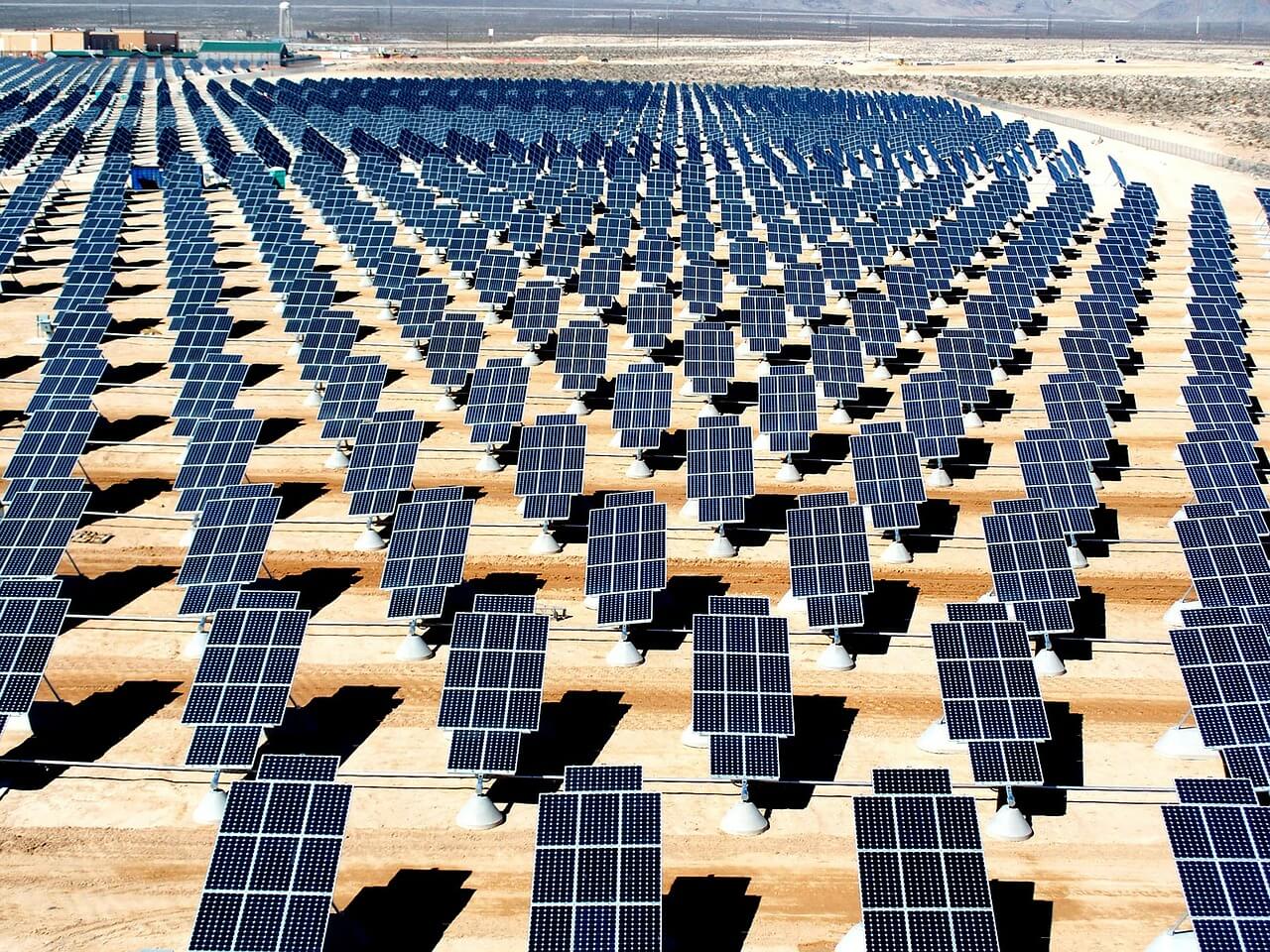The Rich Get Richer — and Riskier
Every place has unique characteristics that shape how catalysts impact that specific environment. Geography, social structures, political systems, and economic patterns are among the factors that influence outcomes. While the more important nuances must be understood at the regional level, there are several interesting categorical differences between developed and developing economies.
Developed countries, which feature more productive agricultural sectors, higher value-added services and manufacturing sectors, and higher per capita consumption, accrue certain types of benefits from the rapid structural changes that are currently affecting the system. As a result, these countries are getting richer and more developed at a higher rate than developing countries, generally widening the gap between the haves and the have-nots.
The enabling elements of developed economies that allow for these benefits also increase systemic risks in those economies. The full nature and extent of these risks cannot be known until they occur, as modern developed economies are truly complex systems. However, we can evaluate potential friction points and explore whether the interconnections, benefits, and risks represent a Faustian bargain, two-sided coin, or merely a set of new challenges to be overcome with increasingly powerful solutions and tools.
Developed countries have tended to accrue more net benefit from globalization than developing countries. There are exceptions, such as developing countries that are taking their first steps towards increasing agricultural and health-based productivity. The greatest net benefit, however, has gone to the most powerful economies at the top of the development index. The network effects of technology, financial, and energy centers — for example, Silicon Valley, New York, and Houston, respectively — create a pull of talent and capital that continues to strengthen and benefits the United States. These regions, and their host countries, are able to economically perform at far higher levels than internal capacity would allow as a result of the distributed international resource pool facilitated by the group of catalysts we broadly call globalization.
While increased reliance on international networks has allowed for outsized gains, it also increases the risk exposure of regions and countries that rely on international networks. Developed countries are directly affected by events in the international networks from which they derive these great benefits. Put another way, there is less slack in the system, and this amplifies the downstream impact of any type of disruption. Weather, politics, economic strife, epidemics, war, and a host of other elements that happen in developing countries matter more to developed countries than ever before.
Of course, those events obviously impact the developing nations where they occur in a more direct and often damaging fashion than the disruptions felt in the nations that rely upon them for resources. To use an extreme example, a civil war in China would have extremely disruptive effects on American companies that rely on Chinese suppliers or manufacturing and may financially ruin swaths of American industry. But that pales in comparison to the utter disaster that war would bring to the Chinese people and the Chinese economy.
When we look at emerging catalysts, such as important structural changes to urbanization, demographics, manufacturing, energy, and technology, we anticipate an uneven distribution of benefits that could be even more exacerbated than what we have experienced in the past two decades. The deck is stacked in favor of the haves getting more.
Gross National Income Per Capita
Source: United Nations Development Programme (2015). Human Development Report 2015: Work for Human Development.
Interconnected Systems
Outsourced manufacturing and international supply chains are the most obvious and well-covered manifestations of globalization. Those networks are incredibly important when evaluating the connections between places. Equally important, but perhaps less well understood, are other types of international networks and systems, including energy, agriculture, social, and political networks.
Manufacturing and supply: Resources, subcomponents, and manufactured finished goods are built globally in the most convenient or lowest cost markets, then shipped on demand to their end customers around the world.
Energy: Energy is a massively connected global market, as crude oil, petroleum products, gas, and power are transported around the world. These resources can be shipped, delivered via pipeline, or transmitted through power relays. Many entire economies rely on the net import or net export of energy resources. The global supply chain is so interconnected and complex that many countries import some types of energy resources while exporting other types of resources to realize pricing efficiencies.
Agriculture: Food products are obviously bought and sold on global markets. What is interesting about the global agriculture trade is that many regions, and in some case countries, specialize in specific types of food products that they export globally to the extent that they have to import other categories of food products. This makes those regions unable to self sustain from a food perspective. In effect, they have traded food security for the economic benefit of specialization in the global supply chain.
Social networks: Technology has enabled people to connect globally in a more direct fashion than ever before. The result has been both the rapid spread of ideas, and the identification of peoples with non-national or supra-national groups. We are in the early stages of understanding the implication of these connections, but they most certainly add a layer to the already-complex international system.
Political: Lest we forget the First World War, which was a catalyst of the first order that established the framework for the 20th century, political alliances are important interconnected systems that contain inherent systemic risk. Although we have renamed our alliance systems more bureaucratic and highbrow names like NATO, UN, EU, and CIS (Russian Commonwealth), we are still in a world full of entangling alliances.
These and other interconnected systems facilitate wealth creation, but because connections amplify disturbances, they also add systemic risk. This is in no way an argument to walk away from these interconnected systems. However, it is important to understand and closely evaluate the structural risks we incur as a result of these systems.
Human Development Index
Source: United Nations Development Programme (2015). Human Development Report 2015: Work for Human Development.
Regional Nuances
It is difficult to draw actionable conclusions from a subdivision as broad as the developed vs. the developing world. Actionable analysis is done at the regional, national, or local levels, as there are different levels of impact based on the specific characteristics of place, region, country, and city. Just as the United States faces different challenges and opportunities from Germany, California differs from North Dakota, as Frankfurt does from Munich.
As the world changes, the impact to every place must be evaluated according to that place’s unique characteristics. The local, specific understanding of a place is critical for business executives and public officials who must make decisions to protect and benefit their stakeholders and constituents.
Join the Catalyst Monitor
Join our community, where we push out regular insights to help maintain situational awareness on technological and socioeconomic trends.



